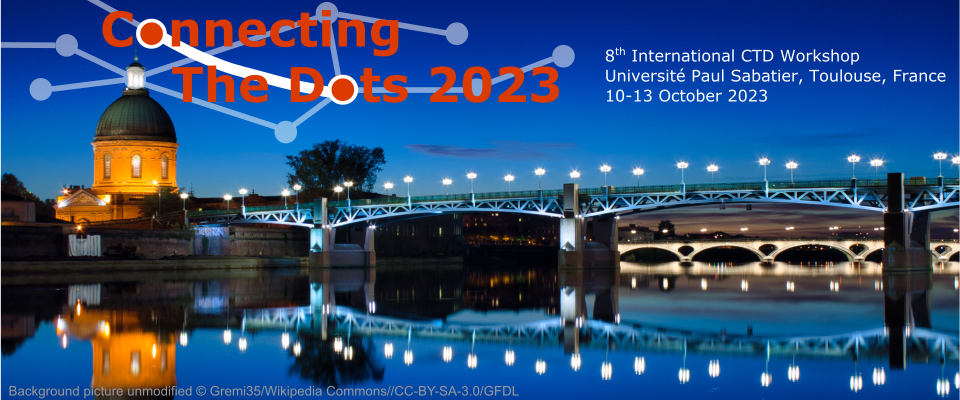Speaker
Description
The LHCb Upgrade in Run 3 has changed its trigger scheme for a full software selection in two steps. The first step, HLT1, will be entirely implemented on GPUs and run a fast selection aiming at reducing the visible collision rate from 30 MHz to 1 MHz.
This selection relies on a partial reconstruction of the event. A version of this reconstruction starts with two monolithic tracking algorithms, the VELO-pixel tracking and the HybridSeeding on Scintillating-Fiber tracker, which reconstructs track segments in standalone subdetectors. Those segments are then matched through a matching algorithm in order to produce ‘long’ tracks, which form the base of the HLT1 reconstruction. We discuss the principle of these algorithms as well as the details of their implementation which allows them to run at a high-throughput configuration. An emphasis is put on the optimizations of the algorithms themselves in order to take advantage of the GPU architecture. Finally, results are presented in the context of the LHCb performance requirements for Run 3.
